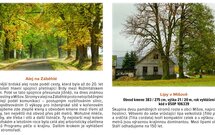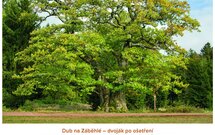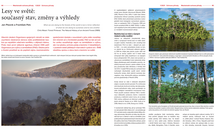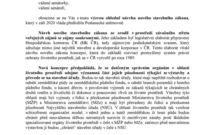Nature Conservation 3/2008 — 24. 6. 2008 — Research, Surveys and Data Management
Rodent Conservation in the Margins of Interest
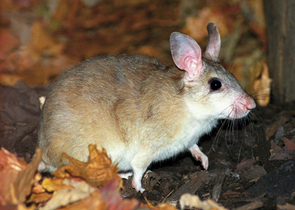
Compared with other mammal groups, rodent (Rodentia) conservation has been rather overlooked, although interest in it has been gradually increasing.
Of 33 recent families, only two are threatened, but at the genera level, the situation is quite different. Of total of 421 recent genera, approx. 126 (27.9 %) are threatened, which includes approx. 168 species. The number is quite higher than at the genera level, where being 16 % and it also confirms the hypothesis on probably huge phylogenetic diversity loss in rodents during the current extin-ction rate. A lot of factors suppose that high extinction probability threaten particularly the monotypical lineages or the lineages with the limited species number. In the individual zoogeographic provinces, the highest number of threatened and possibly threatened rodent genera can be found in the Oriental one, particularly on the Philippines, New Guinea, Sulawesi and in Chinese temperate forests. In the Neotropical province, rodents have been declining or becoming extinct particularly in the Atlantic rain forest in south-eastern Brazil as well as in the Caribbean. Among Ethiopian province ecoregions, the highest number of threatened rodent genera occurs in the Ethiopian Highlands. The importance of threatened rodent taxa conservation has been increasing due to increasing evidence for their significant role to support ecosystem processes. For rodent conservation, in addition to individual recovery programmes and action plans, from a point of view of nature conservation more attractive animals, so called umbrella species can be used. In the Czech Republic, of 25 rodent species, 9 (36 %) are threatened. Under the Czech Republic's legislation, 2 rodent species (8 %) are specially protected as Endangered, 5 (20 %) as Severely Endangered and 2 (8 %) as Critically Endangered.
Název připojené galerie
Quisque egestas velit non nulla fermentum, aliquet pharetra nunc malesuada. Nullam molestie vel diam non tincidunt. Sed pulvinar lacinia nunc et consectetur. Duis varius leo ac ex scelerisque, ullamcorper eleifend massa consectetur. Nullam in metus ac arcu pellentesque venenatis ac id lorem. Nulla nec ipsum sed enim sodales blandit a sit amet ex.


